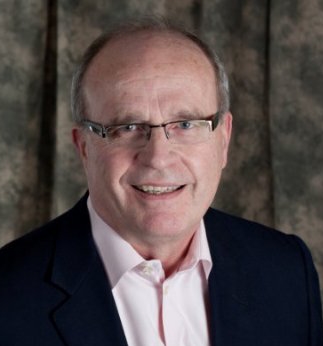CDC: Opioid Prescriptions Drop in 3 of 4 U.S. Counties
/By Pat Anson, PNN Editor
The Centers for Disease Control and Prevention has released another study documenting how prescriptions for opioid medication have fallen dramatically in recent years. The study partially credits the CDC’s own guideline for the drop in opioid prescribing, but makes no mention of the suffering and suicides of pain patients who’ve been cut off from opioid medication.
Researchers at the CDC’s National Center for Injury Prevention and Control – which developed the agency’s controversial 2016 guideline -- looked at opioid prescribing trends nationally from 2015 to 2017.
They found significant declines in high dose opioid prescribing and in the average daily dose, which fell from 48.1 MME (morphine milligram equivalent) to 45.2 MME, a 6% decline. The guideline recommends that doses not exceed 90 MME except in rare instances.
Nearly 3 out of 4 counties experienced a reduction of 10% or more in the amount of opioids prescribed – the counties colored green in the map below. Relatively few counties, primarily in the Midwest and northern Rockies, had a 10% or more increase in opioid prescribing – counties that are marked in orange.
JAMA INTERNAL MEDICINE
“The reduction in opioid prescribing that began in 2012 has accelerated in the United States. The amount of opioids prescribed decreased an average of 10.0% annually with reductions in 74.7% of counties from 2015 to 2017,” CDC researchers reported in JAMA Internal Medicine.
“Recent reductions could be related to policies and strategies aimed at reducing inappropriate prescribing, increased awareness of the risks associated with opioids, and release of the CDC Guideline for Prescribing Opioids for Chronic Pain—United States, 2016. Despite reductions in prescribing, opioid overdose rates continue to increase and are driven largely by illicitly manufactured fentayl.”
A similar CDC study in 2018 also documented a decline in prescriptions, but made no effort to measure the guideline’s impact on patients and whether it had improved the quality of their pain care or worsened it. There is only a brief acknowledgement that both studies are limited by “the inability to determine the appropriateness of opioid prescriptions” -- a belated and backhanded admission by the CDC that its guideline is built on the false premise that it knows what an appropriate dose is.
Had the CDC looked in its own Twitter feed touting the latest study, it could have found insight from patients on the guideline’s effect on the quality of pain care.
“Yea this is why my wife has been bedridden for over 2 YEARS now as her doctor does NOT BELIEVE in pain medication. And when we call all the other practices in the area its more of the same response. Either we don't prescribe opioids or we don't take pain patients,” one poster wrote.
“Let's not forget skyrocketing suicide and patients turning to the streets for relief. Good job you now have a #OpioidCrisis of your own making,” another poster wrote.
“When the numbers of a drug are more meaningful than the human lives they help. So caught up in numerical reduction people who once had managed pain are forced to suffer or #SuicideDueToPain. I guess this makes you folks very proud, to kill off the disabled,” said another.
“And here we see the CDC touting what they think is a great thing. Ironically of course they are likely NOT tracking how many patients committed suicides after being forcibly tapered for no medical reason,” said Dave Wieland, a pain patient and advocate.
“And you can bet they are NOT tracking how many patients who had been able to work on their stable medication dosage, have now been forced to apply for disability after having their medication also taken away for no medical reason. Oh yea that's right the CDC doesn't care about those things.”
When the CDC released its guideline nearly 3 years ago, it pledged to “revisit this guideline as new evidence becomes available" and to evaluate its impact on doctors and patients.
How has the CDC guideline affected you? As the third anniversary of the guideline approaches, PNN is conducting a new survey of patients and healthcare providers. Is the guideline working as intended?
Click here to take the survey, which should only take a few minutes.



























